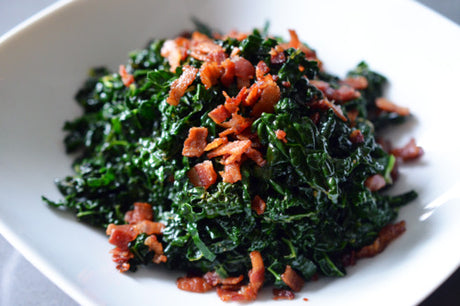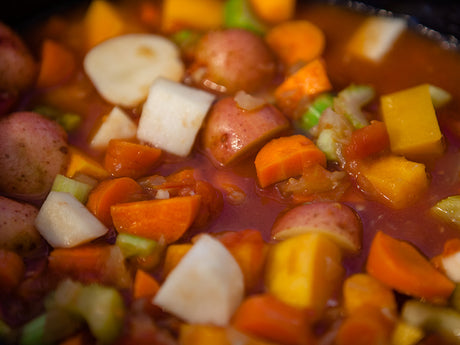🌱 Sowing & planting
Swiss chard ( Beta vulgaris Cicla ) is a versatile leafy vegetable from the goosefoot family. It has a long harvest period, and both the leaves and stems are edible.
- Sowing depth: 2.5 cm.
- Sowing method: pre-sow in 5 cm seed trays or directly in the open ground.
- Sowing distance: 20 cm between plants, 30 cm between rows.
- Germination temperature: 10–29 °C.
- Germination time: 🕒 10–20 days.
- Planting distance: 20 cm between plants, 30 cm between rows.
- Plant out: when the plant has 2 true leaves.
- Growth cycle: approximately 120 days to full plant, but harvest can be done much earlier.
📅 Growing times throughout the year
- Under glass: sow mid-February – end of February, harvest mid-May to mid-June
- Outdoors: sow March – mid August. harvest end of May – mid November.
Sow kale for leaf production a little earlier than kale for thick stems.










